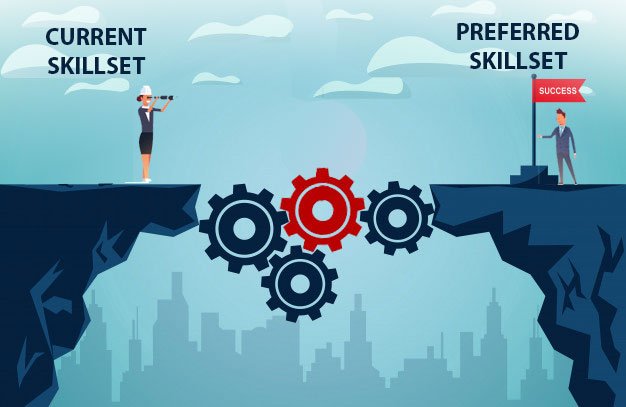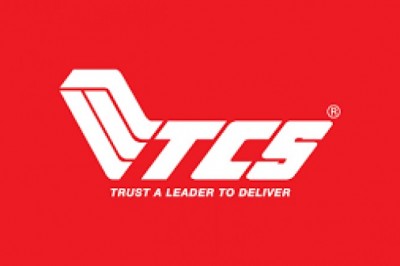views

We live in a world where advancements and upgrades are the only way to stay relevant in the ecosystem and dodge the bullet of extinction. In order to cater to the changing demands of the market, it is important that businesses ready themselves internally as well as externally. For businesses to be able to do so, the most important component that needs to be prioritized for marshaling is the Human Resource. A lot of planning and execution goes into managing the talent of a company, but a huge chunk of it proves to be futile due to the lack of research, study, and forecasting.
Talent Management is one of the most significant ingredients of the success recipe of firms, and failing to cover every element of it can directly impact the performance and productivity of the organization as a whole.
Over time, it has been realized that many employers and HR professionals often aim all of their focus on how to attract and retain talent, but tend to overlook the analytical aspect of what is the current need, state of the talent, and the upcoming market trends, business requirements. Companies majorly have to work on the present and the future framework, which in turn requires analysis and research.
Bridging the research gap in talent management can be conducted in three distinct phases. The first is to assess and advance the current workforce. The second is to study forthcoming skills trends. And, the third is to analyze the upcoming business requirement and accordingly assign the talent. The second and the last phase have a bi-directional approach to a single goal, which is streamlining the future talent framework.

Phase 1 – Current Workforce Assessment and Advancement
When we talk about the current workforce, there are a number of facets that require the attention of an HR professional, to effectively optimize the talent and utilize the capabilities of each and every employee to the fullest, while aligning them to the need and requirement of the organization and its operations.
The first thing that needs to be done here is to lay out the objectives of the firm and compare them with the offerings of the workforce (this is the assessment aspect of Phase1).
Once that is done, the probability will be one of the two outcomes, either the current workforce suffices in capabilities to meet the objectives of the firm, or there is a need for enhancement (this is the advancement aspect of Phase 1).
When you find out that your workforce needs to be advanced, you can then resort to solutions such as Learning Management Systems and Upskilling Platforms to foster your employees with all the possible and necessary skills to meet the demands of the firm as well as the industry.
Phase 2 – Study the forthcoming skills trends
When Bill Gates talked about the possibility of having constant video feeds of our homes and being informed about the visitors to our house by the technology, it seemed outrageous and preposterous. But today, we are living in a world where we can constantly surveil our homes directly from our mobile phone while also being enabled to control the smart home devices remotely.
Similarly, a decade ago if an HR professional would’ve mentioned preparing for the upcoming need for a Social Media Manager, the management wouldn’t necessarily have approved of the idea and facilitated for the same.
This is why it is imperative to back your statements with legit statistics and trend analysis. The skills that are in demand today may become obsolete some time in the future, replaced with newer skills. If that happens, will your organization be affected by it?
For example – You run a Supermarket with about 100 employees. The skills trend analysis states that in the next few years, PR Technologists and Store Managers with the knowledge of IT will be highly in demand. The question to your HR manager is, will your Supermarket need a PR Technologist or an IT background Store Manager or both? Or will there be no need for either of the two? If there happens to be a need, when will you need to hire the right candidate, or upskill your existing ones?

These are the type of questions that will need to be answered when studying the forthcoming skills trends and measuring its impact on your organization.
Phase 3 – Analyze the upcoming business requirement and accordingly assign the talent
Let’s say you run a Recruitment Agency and are planning to expand and venture into becoming an end-to-end Talent Management Consultancy in the near future. When your organization was just a recruitment agency, the incoming projects required you to have Recruiters onboard. Now that you are on your way to becoming a full-fledged Talent Management Consultancy, you will need to have HR Consultants, Skill Development Professionals, and even HR Analytics Specialists in order to be capable of efficiently serving the new projects.
In this phase, you will not only have to thoroughly study your expansion plan, but you will also have to plan the talent requirements with utmost precision.

Data and information play a huge role in bridging the research gap in the HRtech industry. Employers are only now understanding the significance of utilizing data in optimally projecting the present and future talent framework. Need-Trend Analysis, Supply-Demand Analysis, and Business Objectives-Skill Offerings alignment are key strategies to enhance and reform the process of talent management.
For more such Updates Log on to www.hrtechcube.com












